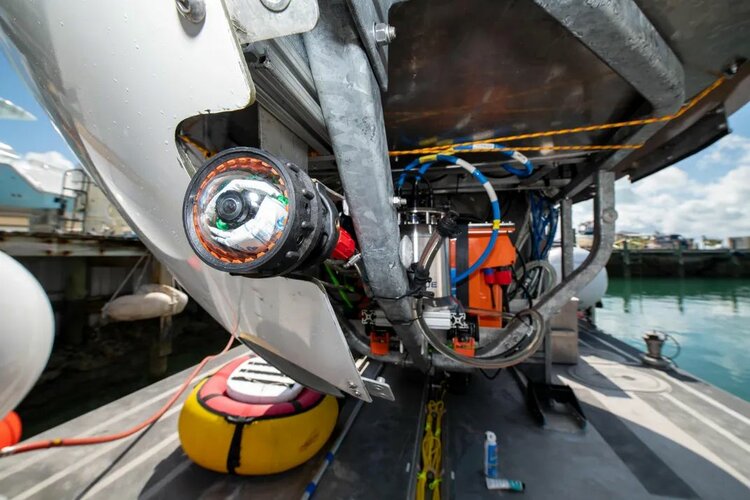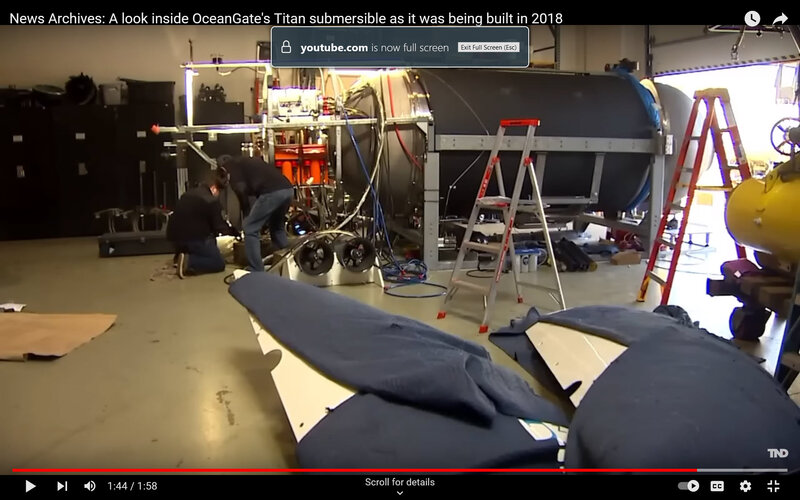- Joined
- 6 August 2007
- Messages
- 3,890
- Reaction score
- 5,930
I’m still trying to figure out where the batteries were. This is a weird design.
Under the cabin floor, I think. (Not 100% sure; this pic may be Cyclops 1 rather than Titan, but they seem to be similar in general config.)
View attachment 702397
That would be an odd place. First, fire hazard of having the batteries in there. Second, how do you get the power from the batteries to the thrusters, etc. without penetrating the pressure vessel?












